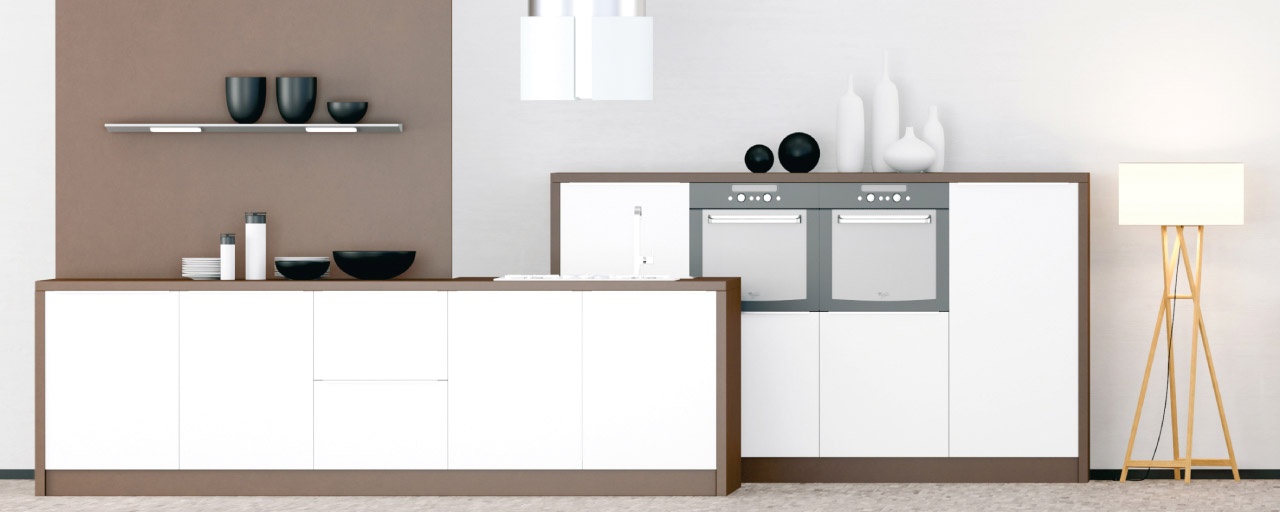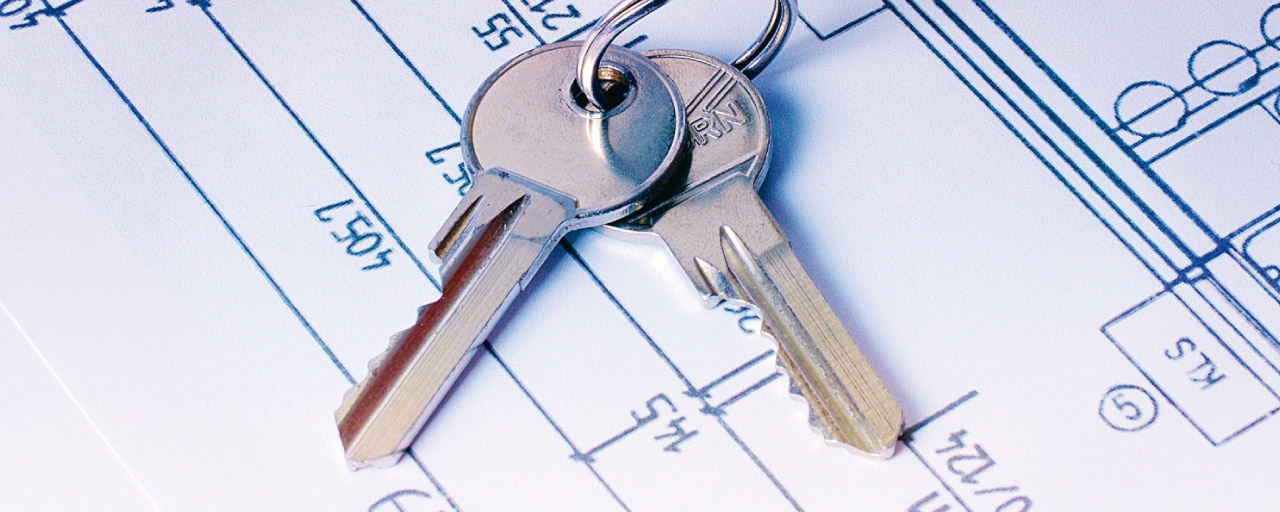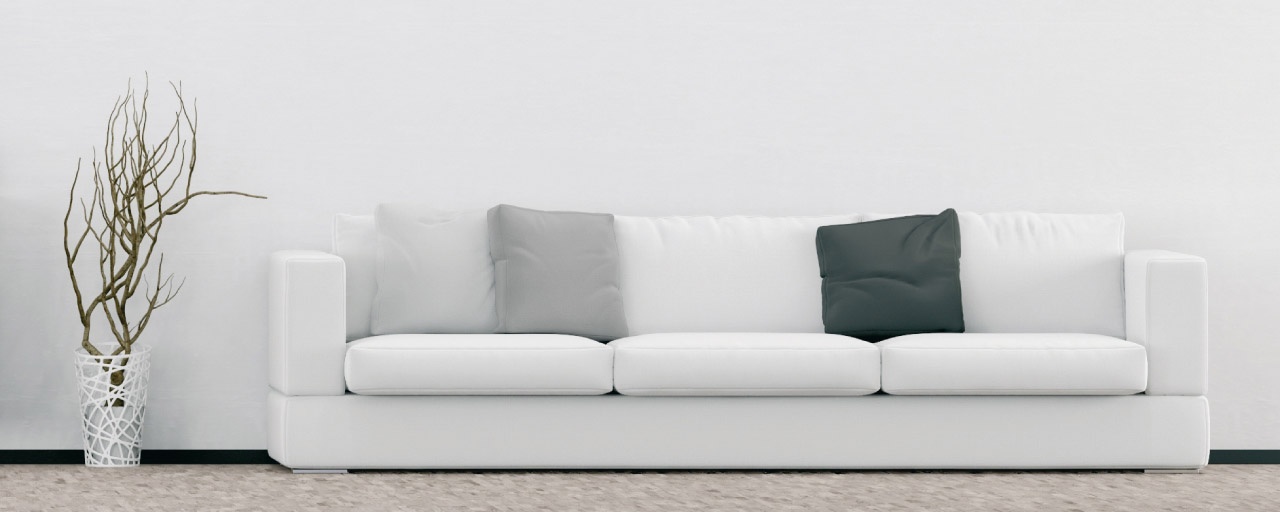Vienna as the capital of Austria has almost 2 million inhabitants. The 10th district of Favoriten in Vienna is densely populated. Its international population is growing steadily. The various eateries and shopping opportunities are correspondingly varied.
More information about the district: https://de.wikipedia.org/wiki/Favoriten
Typical Viennese atmosphere and specialties you look for a little longer here, but they still exist. Restaurant tips with typical Viennese cuisine near your accommodation and in the district can be found under the headings "Eating and drinking in the district" and "Eating and drinking on the way into town".
The Triester Viertel runs from the Favoriten water tower in the south along Triester Straße to the Protestant cemetery on Matzleinsdorfer Platz. The Gußriegelstraße borders the Triester Viertel in the east. It was an industrial and residential area. Numerous factories located here contributed to the boom during the Austro-Hungarian Empire. Most of these companies have long since ceased their activities or have moved away.
More information about the Trieste Quarter: http://www.dorfwiki.org/wiki.cgi?Triesterviertel/TriesterViertel
Under the motto "Our Trieste Quarter - Places Tell" you can find plaques on some houses telling their history.
https://www.orteerzaehlen.at/
One of the most famous is the former "Heller Zuckerlfabrik" at Belgradplatz 5. A popular product that still exists today are the "Wiener Zuckerl". The internationally known artist André Heller is the grandson and great-nephew of the founders Willhelm and Gustav Heller. Since 2011, the building, which has been remodeled several times, has housed a nursing home. https://de.wikipedia.org/wiki/Gustav_%26_Wilhelm_Heller
From 1899 to 1910, the Favoriten water tower supplied the 10th and 12th districts of Vienna with drinking water. From 1910, this was taken over by the Hochquellwasserleitung. The water tower was only used occasionally. It has been out of service since 1956.
https://www.wien.gv.at/wienwasser/bildung/wasserturm/
Today, tours are held there. It is also used for exhibitions and can be rented for events. At the site there is a miniature version of the water tower with a water playground for children, as well as outdoor fitness equipment. The European field hamster finds ideal living conditions there, as in many parks and green spaces in the area. It is strictly protected. All information boards about the European Field Hamster around the water tower: https://www.wien.gv.at/umwelt/parks/pdf/hamster.pdf
Opposite the water tower is the "Spinner on the Cross", a Gothic stone column. There are many legends about its origin. It is proven that a stone cross stood here already in 1446. Until the 19th century it was a place of execution. The last execution took place on May 8, 1886. https://www.geschichtewiki.wien.gv.at/Spinnerin_am_Kreuz
Matzleinsdorfer Platz is a transportation hub and transfer station for numerous streetcar lines, express trains, the Badner Bahn and the Flix Bus. Currently, the largest construction site in Vienna is located there. By 2026, Matzleinsdorfer Platz will be connected to the U2 subway line, which will run to Wienerberg. The Triester Quarter will then be even more accessible and connected to the city center. https://www.wien.gv.at/bezirke/margareten/verkehr/matzleinsdorfer-platz-neu.html
The protestant Christuskirche with its red bricks is an eye-catcher in the hustle and bustle around Matzleinsdorfer Platz. All the bricks come from the former brick factories on the Wienerberg. All cornices and ornaments of the chapel are made of fired clay and come from the same factories. It is located at the Matzleinsdorf Protestant cemetery, an oasis of peace in the middle of the city. Numerous historical graves from past centuries have been preserved. https://www.evang-friedhof.at/matzleinsdorf/christuskirche-matzleinsdorf/
Up Triester Strasse, out of town, past the Water Tower and the Spinner am Kreuz, is the so-called "Wienerberg City" with the Twin Towers, a modern business district where international companies have also settled. The Twin Towers have become the landmark of the Wienerberg. https://www.wien.info/de/sightseeing/architektur-design/twin-towers-362180
Behind them, to the south, is the 117-hectare Wienerberg recreation area with walking paths, a dog zone and a swimming pond. It was not created until 1983 to 1990. Until the 1960s, clay was mined there for brick production. The listed brick production company "Wienerberger" traces its 200-year history back to the former brickworks on the Wienerberg.
https://www.wien.gv.at/umwelt/wald/erholung/wienerberg/
https://www.geschichtewiki.wien.gv.at/Wienerberg_(Recreation area)
https://www.geschichtewiki.wien.gv.at/Wienerberger_Ziegelfabrik


